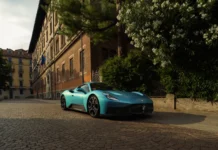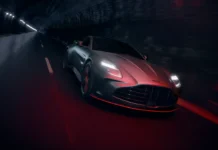At this rate, every automaker will soon use the NACS port, in a major shift from today’s CCS-dominant EV market.
This week, American Honda Motor Co. and it’s Acura luxury brand signaled its intent to move to Tesla’s North American Charging Standard (NACS) for its upcoming EVs. According to CEO Noriya Kaihara, “We also have to push NACS, as well. It is clear.”
That’s hardly a surprising revelation, given the rapid and seismic shift toward the NACS connector after Tesla opened up the form factor for adoption late last year. Ford and General Motors (more on GM in a moment) were the first to jump in earlier this summer, but at this point it’s quicker to mention which automakers haven’t joined on to the transition on its future EVs. Hyundai is reportedly considering it, as is Stellantis and Volkswagen, while Toyota is the largest automaker that’s been conspicuously silent on the matter so far.
BMW, GM, Honda, Hyundai, Kia, Mercedes-Benz and Stellantis also announced a joint venture project to build a new fast charging network in the US and Canada, with the first stations set to open next year. Those stations will support both CCS (Combined Charging System) with which most non-Tesla EV drivers are familiar, as well as NACS.
In addition to Honda/Acura, automakers that have already pledged to use the NACS design include Fisker, Ford, GM, Mercedes-Benz, Nissan, Polestar, Rivian and Volvo.

Like others, Honda/Acura will build its EVs with NACS ports in 2025 or 2026
The switchover to NACS mainly hinges on two factors: charging speed and a smoother end-user experience. American Honda relayed similar points in its statement for adopting the design, though when it will execute the plan to incorporate the NACS charging port will depend on its tie-up with General Motors.
Both the Acura ZDX and Honda Prologue shown above utilize GM’s Ultium architecture. Like the currently available Ultium EVs, both Honda/Acura models will launch with CCS ports. Then these cars will adopt NACS ports in 2025 or 2026, along the same timeframe as GM, and Honda’s future first-party EVs should also launch with NACS ports.
Beyond automakers pledging to build the Tesla-style connector into its vehicles, the Society of Automotive Engineers (SAE) that standardized CCS are working to do the same for NACS.


























